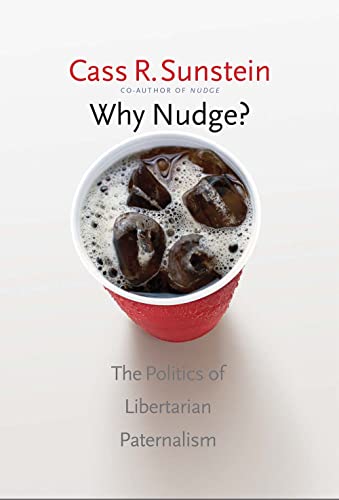Can you imagine a country of 7.5 million citizens that their Parliament agrees to forbid fracking and only 12 judges may decide that this agreement is illegal?. This is just what has happened again.
Last June I explained the health related damages of fracking in this post, today I would like to draw attention to this book: The Real Cost of Fracking: How America's Shale Gas Boom Is Threatening Our Families, Pets, and Food where you'll find detailed explaination of what happens in practice if the government allows such a practice in your neighbourhood. More details in Slate:
In The Real Cost of Fracking, we learn about David, a 14-year-old boy who came down with a mysterious illness shortly after the start of nearby fracking operations. David had arsenic and phenol (a metabolite of the carcinogen benzene) in his blood. When he went to live with friends, the symptoms subsided. But when he returned home to play with his animals, the symptoms came back, even sending him to the hospital again.The moment to disconnect and avoid such damaging extracting strategies for individuals and the landscape has arrived, the Parliament has to enforce its own decision.
We also meet Claire and Jason Wasserman. One day, Jason was outside near a well that was being flared, and he got a nosebleed that stopped after a little while. But the next morning, he went into the bathroom and yelled for Claire. Blood was gushing from his nose. Claire told him to tilt his head back and pinch his nose. But then blood started coming out of his eyes. “Close your eyes! Close your eyes!” she screamed. Then blood came out of his ears.
